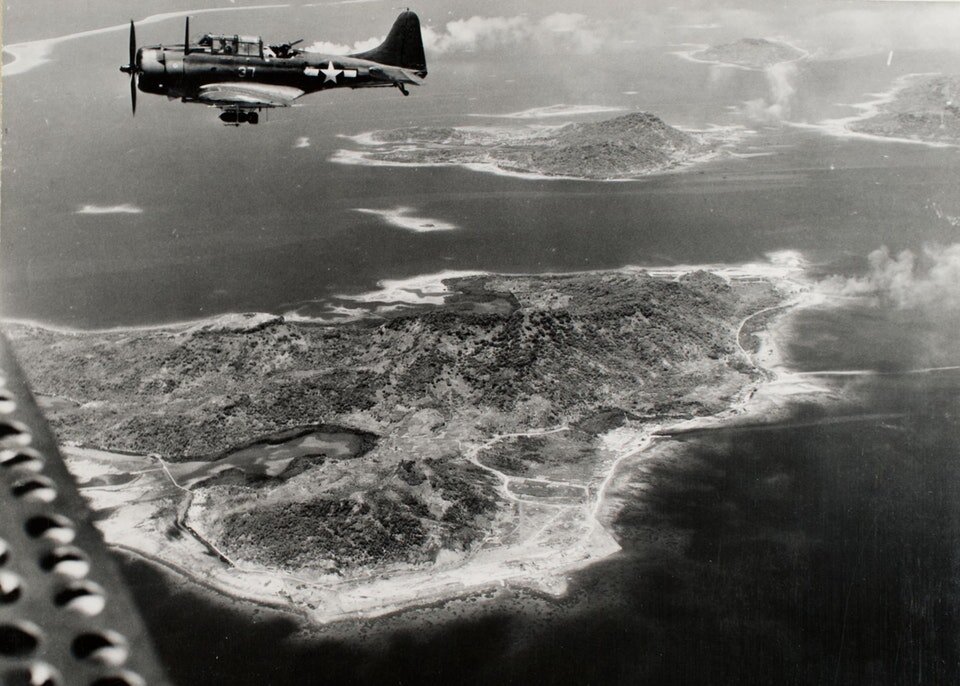U.S.S. Enterprise (CV-6) Air Group ‘CONFIDENTIAL’ Fighter Director Code - Lt. Moore













U.S.S. Enterprise (CV-6) Air Group ‘CONFIDENTIAL’ Fighter Director Code - Lt. Moore
Size: 8 x 8 inches
Letter of Authenticity included.
Dated December 13th, 1944 this original ‘CONFIDENTIAL’ marked World War II USS Enterprise Naval document is titled “Fighter Director Code”. In the USS Enterprise ‘After Action’ reports it states, “It is recommended that "Top Secret" material - Operation Plans and Orders - be reclassified downward to "Secret or Confidential" prior to the start of an operation by a sufficient length of time to permit of adequate and timely distribution to subordinate officers and pilots concerned.”
This Fighter Director Code sheet was carried and used by Lt. Moore who served as an American pilot on the USS Enterprise (CV-6) Air Group As they provided aerial support for the Allied offensive in the Pacific.
In September, 1943 a new Fighter Director Manual was published for use by the Pacific Fleet. This manual laid out a clear doctrine concerning fighter direction, so that the mistakes made at Guadalcanal could be avoided. The Fighter Director Code was reformed; instead of only one term for enemy bombers, there were now three terms. ‘Bombers’ were high altitude level bombers, dive-bombers were ‘hawks’ and torpedo bombers were ‘fish.’ Enemy fighters were ‘rats’ while friendly fighters were ‘chickens.’ In addition, there were different terms for high altitude and low altitude reconnaissance aircraft. With the new code, fighter directors could better inform their fighters what type of enemy they could expect when they were vectored to a contact. The manual stressed that “successful interception of enemy aircraft is dependent to a great degree on good communications between the Fighter Director and the friendly aircraft.” Each side was expected to keep the other informed; FDOs were expected to give the fighters all the information they had on a radar contact, even if the information was not very good. Fighters were expected to announce their presence, numbers, call sign, fuel endurance and altitude to the fighter director when they arrived on station.
These methods proved to be very effective, and the combination Fighter Directors and Combat Information Centers was an important part of the Navy’s success against Japanese air attack. Japanese admiral Ozawa Jisaburo attributed the U.S. Navy’s superiority late in the war to “the use of radar, interception of radio messages and interception by radar of Japanese air attacks which [American planes]…can catch and eat up whenever they want to.” Commander Roy Johnson, air officer aboard USS Hornet, called the fighter direction for the Saipan invasion “well-nigh perfect and interceptions…[were] made like clockwork.